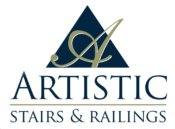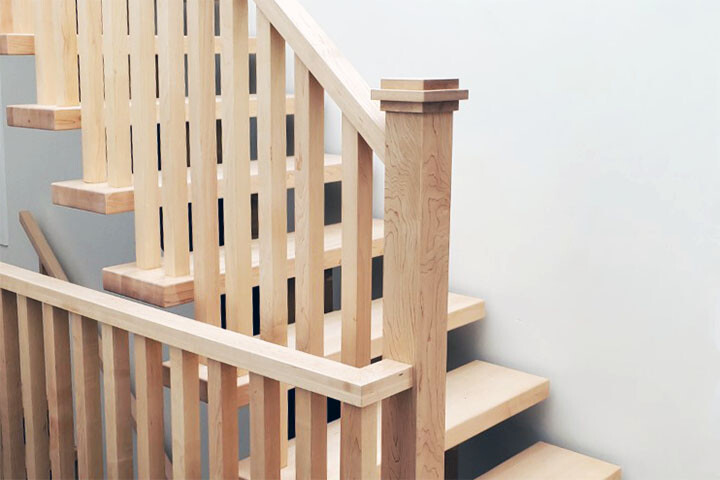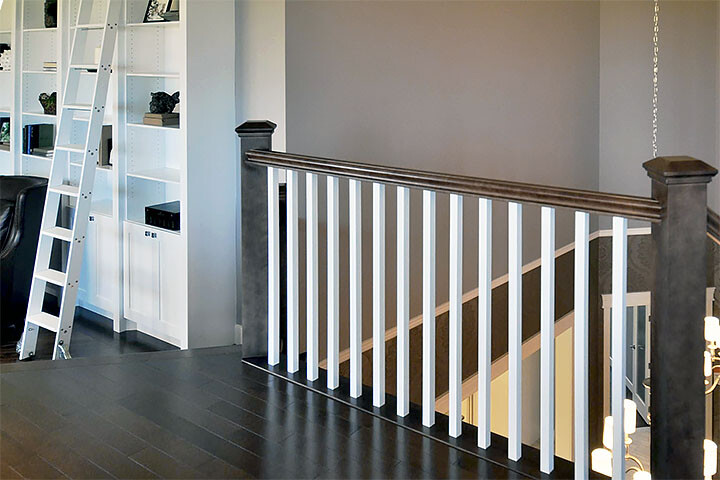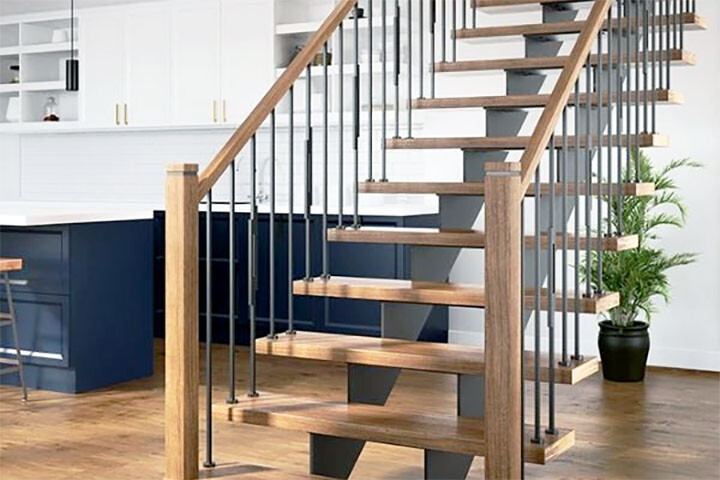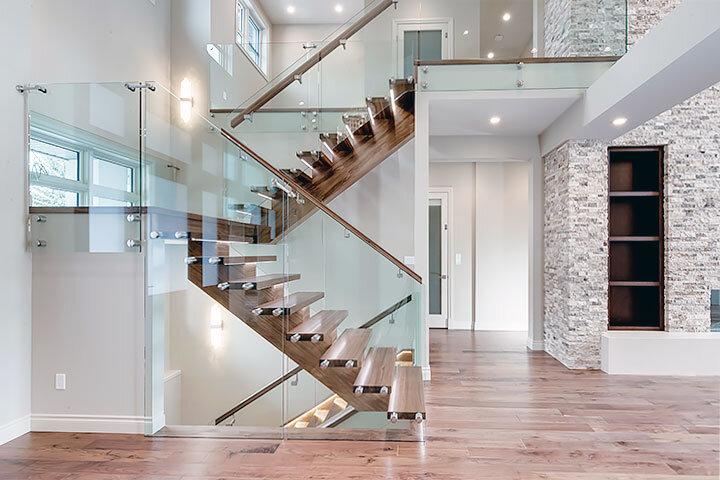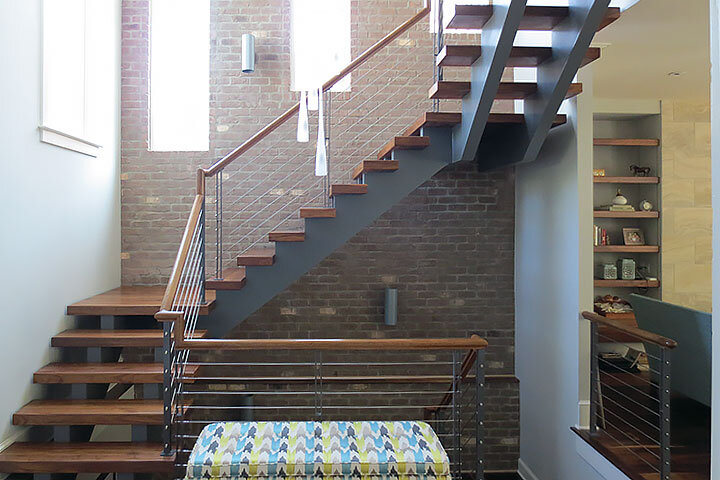Banisters
Are you wondering what the difference is between railings and banisters? If you already know, then extra points for you! A railing consists of a handrail supported by verticle posts. A banister is a railing along a staircase. This means that all banisters are railings, but not all railings are banisters. In most cases, railings and banisters are part of the same system.
Traditional banisters are supported by newel posts and balusters or iron spindles. New materials and design innovation have brought forward new systems utilizing glass and metal components. We have been installing banisters for over 40 years and have experience with all of these styles
Banister Handrails
We mill all of our wooden handrail profiles with the same craftsmanship and care that you will notice in all of our products. Take a look at the standard and upgraded profile options and see how wooden handrails are used in different banister systems.
Wood Balusters
Wood balusters come in a variety of profiles to accommodate a large variety of styles. Classic or traditional banisters use turned wood for extra ornamentation. Modern and contemporary banisters use subtle profiles, sometimes grouping balusters together to create a pattern or flow.
Metal Spindles
Spindle stair banisters present clean lines and bring additional textures into the mix. We have spindle options for all styles, with featured collections that are well suited to new homes and staircase renovations.
Railing Glass
Glass railings have been used in commercial settings for decades and have quickly risen as one of the most popular choices for home railings and banisters. We have glass panels and structural glass systems, each with several options that can be customized to achieve the perfect aesthetic.
Cable Railings
Cable railings are part of a paradigm shift from verticle to horizontal lines in contemporary railing and banister design. Due to their superior strength, thinner guages can be used for the same level of structural integrity. This allows more light and air to pass through with an open line of sight.
Designing Your Banister
Our award-winning design team embraces the challenge of designing creative, one-of-a-kind staircases that stand out as true works of art. The railings and banisters play an important role. Take a look at our style gallery to see both traditional and modern banister styles. Let us know which ones you like and we can set up a free consultation to start designing something spectacular for your home.
